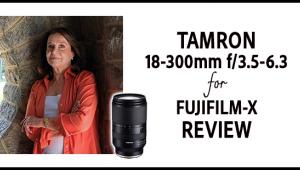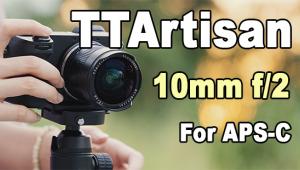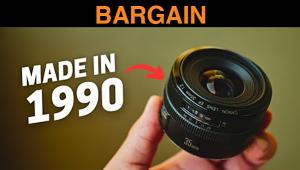Lensbaby Velvet 85 Creative Lens Review

Portraits, close-ups and numerous other creative compositions—the Lensbaby Velvet 85 does it all. Here’s a thorough review and several examples shot with this exciting lens. (Note: all images ©Jon Sienkiewicz.)
Last week we looked at the Lensbaby Velvet 28, a manual focus wideangle lens that produces sharp scenic pictures as well as creative, intentionally out-of-focus images. Because of its extreme close-focus capability, it’s also versatile enough for 1:2 (half-life-size) macro work and many other photo situations.

The Lensbaby Velvet 85 is a portrait-length, short telephoto designed for full-frame mirrorless cameras; however, it can also be used with APS-C models where it provides a 127.5mm equivalent focal length. The maximum aperture is f/1.8 which is ideal for portraits partly because it’s perfect for dimly lit available light scenarios. Also, the shallow depth-of-field when used wide-open at f/1.8 is well suited for portrait taking (more on this below). Lensbaby Velvet lenses are currently available to fit Canon EF, Canon RF, Fujifilm X, Nikon F, Nikon Z, Pentax K, Sony E and Micro Four Thirds cameras.

The advantage of using a Lensbaby Velvet 85 instead of a different 85mm lens for portraiture (and for many other applications for that matter) is its dual personality. When used at large apertures (between f/1.8 and about f/2.2) it provides a dreamy, halo-like aura around the subject. But stop the lens down to about f/16 or so and it delivers tack-sharpness; i.e., softness is controlled by the lens aperture.

Another portrait advantage of this lens is its close-focusing capability. The Lensbaby Velvet 85 focuses to about 9.5 inches and provides a magnification ratio of 1:2. That reproduction is often called “half-life-size” because a subject one inch long is recorded as one-half inch long on the sensor when photographed at the closest distance. It’s generally agreed that true macro photography begins with lenses that can deliver 1:1 reproduction ratio, but there are many 1:2 ratio lenses that are labeled “Macro.”

Macro capability is desirable for portrait shooting because it allows close-up isolation of facial features—eyes, beauty marks, etc.—without changing lenses.
Another feature that is a boon to portrait photographers, the Lensbaby Velvet 85 is built using a rounded 12-blade aperture diaphragm which contributes to a smooth bokeh quality that is ideal for selective focus imagery.
For photographers who use this lens on a crop-frame, APS-C sensor camera, it’s roughly the equivalent of a 127.5mm f/1.8 telephoto.
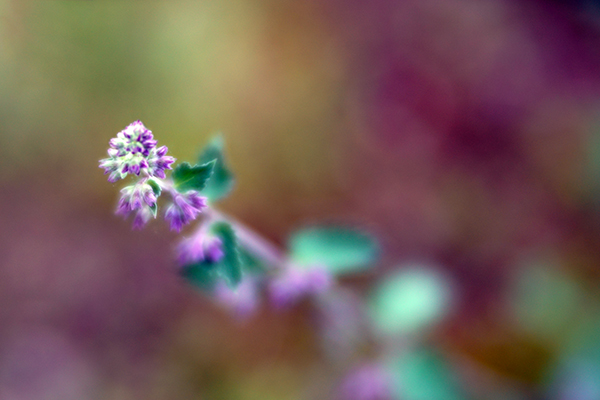
Some of Shutterbug’s other Lensbaby reviews:
Lensbaby Velvet 28 Review
Lensbaby Twist 60 Petzval 60mm Creative Lens Review
Lensbaby Composer Pro II with Edge 50 Optic Review
Lensbaby Omni Creative Filter System Review
Lensbaby Trio 28 Lens Review
Click here to visit Lensbaby’s website.
Specifications
Focus Type: Manual Focus
Dimensions: 3.0 x 5.0 inches (76 x 128 mm)
Weight: 1.42 pounds (643.5 g)
Filter Size: 67mm
Minimum Focus Distance: 9.5 inches (24.13 cm)
Macro Reproduction Ratio: 1:2
Maximum Magnification: 0.5X
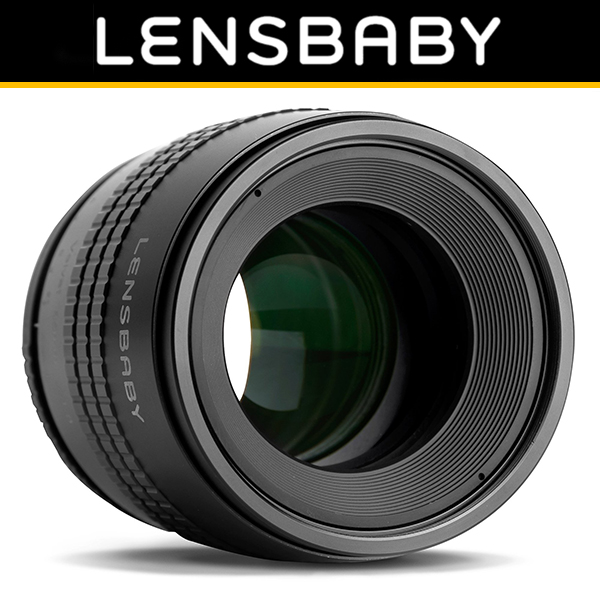 Construction
Construction
Optical Design: 4 elements in 3 groups
Diaphragm Blades: 12
Lens Mount: Steel
Build Quality
Built like a soda can filled with cement. (For you Chicagoans, it’s built like a pop can full of concrete.) All aspects of construction are top notch, from the metal lens mount to and through the dampened focus helicoid and right on to the slick black finish on this all-metal lens.

Ideal Subject
Mention 85mm to any experienced photographer and immediately he or she will think portrait.
And that makes complete sense since we’ve all learned that focal lengths between about 75mm and 105mm (on full-frame digital or 35mm film cameras) can readily be used at the proper distance to provide ideal perspective (and relative feature-size proportions) for portraits.
Yeah, distance is the key variable here, but let’s explore that another time.
Wideangle lenses tend to make nearer objects seem larger than objects behind it, resulting in unflattering portraits that make it appear that the subject has a very large nose and/or chin. Conversely, a telephoto in the 150-200mm range compresses the image so that objects get smacked closer together. Take my word for it—use a lens with a focal length somewhere between 75mm and 105mm for portraits and you’ll be hooked.
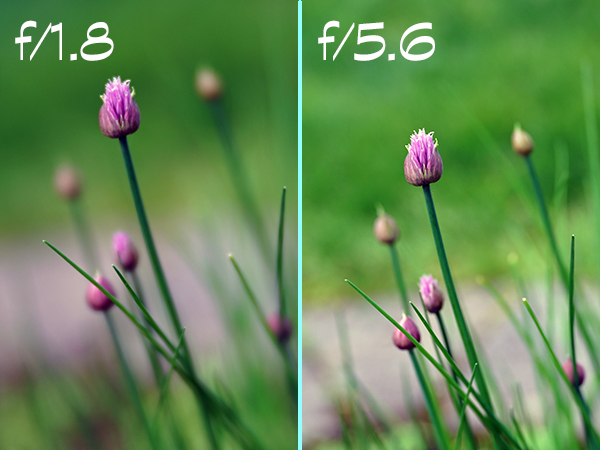
For decades portrait photographers have been exploiting depth-of-field to make their subjects pop right off the page. Using a large aperture (like f/1.4 or f/2) keeps the face sharp but allows the background to blur, thereby separating the subject from the backdrop.
The Lensbaby Velvet 85 is the “just right” focal length for portraits. And it has the “just right” aperture, f/1.8. In addition, and this is a big plus, it has the ability to selectively render subjects intentionally blurry. Long story told short, the Lensbaby Velvet 85 just might be the best portrait lens ever made for a full-frame digital camera.
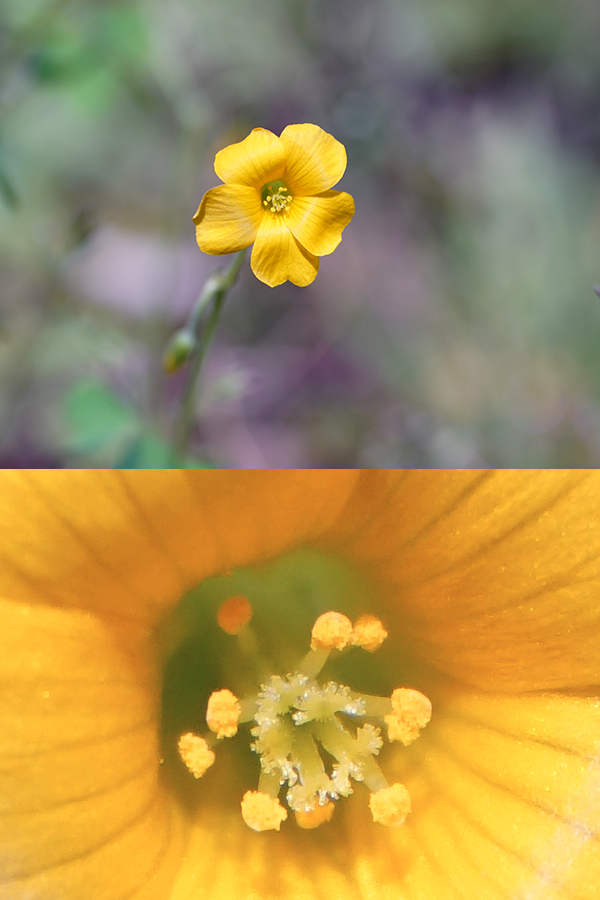
This doesn’t mean that the lens cannot be used for other subjects. To emphasize its versatility, I have intentionally limited the portrait images in this article to one single example.
Performance In the Field
The lens is manual focus and manual aperture. The focusing helicoid is dampened to enable increased precision when focusing by eye. For best results, set your camera on Aperture Priority. Focus with the aperture set wide open at f/1.8 and then stop down to the desired f/stop. If you use a large aperture, the blur effect is increased. Conversely, stopping the lens down increases sharpness as well as depth-of-field. If set on Aperture Priority, the camera selects the appropriate shutter speed based on existing light.
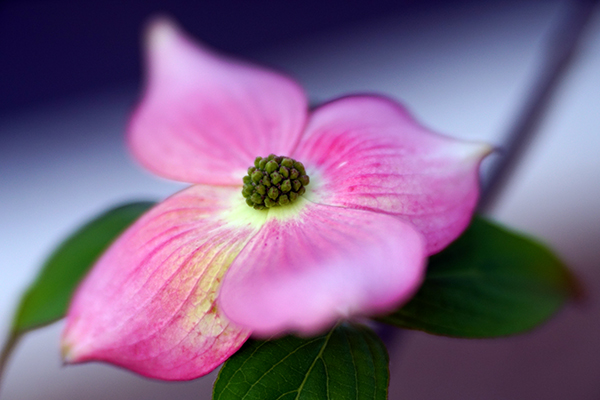
Depending on your camera model, you may need to confirm that the body is set to operate correctly with a manual focus lens. If your camera has some type of Focus Assist, like Focus Peaking for example, be sure to set that too. And of course, turn off Autofocus. In short, check your camera’s Owner’s Manual for information about using manual focus lenses.

On the fence about buying a Lensbaby?
Lensbaby lenses are designed to render images creatively unsharp and imperfect. Consequently, you do not need a modern, high resolution digital camera to get awesome results. An older camera—likely one you already own or can buy secondhand for a reasonable sum—produces great smeary, blurry images too.
Similarly, you can use high ISO settings with reckless abandon because the added graininess won’t detract from the results.
Lensbaby gives life back to the DSLR you retired because it was only 6 megapixels. In fact, I still get terrific results using a Lensbaby on my 3-megapixel Canon D30 (that’s D30, not 30D) that was introduced in 2000—fully 20 years ago. Say that about any other DSLR lens.
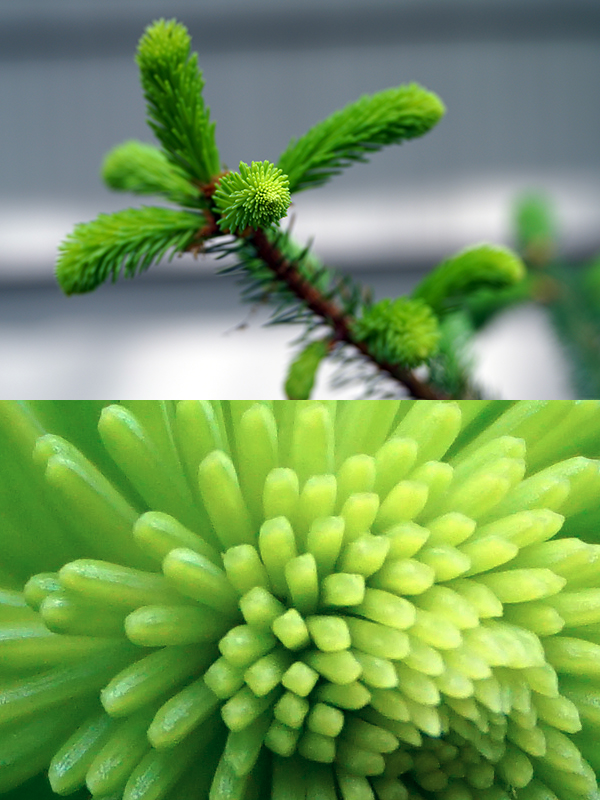
Conclusion
If you enjoy photographing flowers you really need this lens. You can capture flower parts at their razor-edge best, or let the colors melt into creamy blurs. Or do both in the same image. Portrait photographers will enjoy this lens for the many reasons listed above.
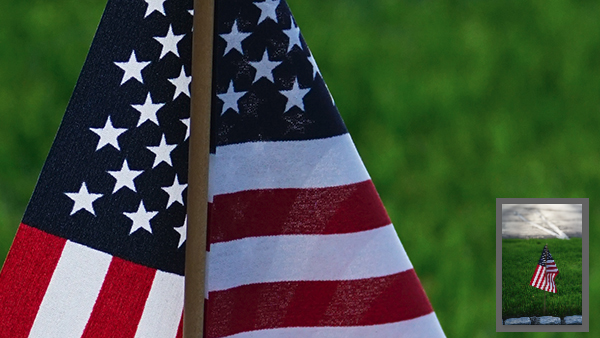
The Lensbaby Velvet 85 is sure to provide countless creative photo experiences, and it’s built to last a lifetime or two.
Price and Availability
Available now to directly fit Canon EF, Canon RF, Fujifilm X, Nikon F, Nikon Z, Pentax K, Sony E and Micro Four Thirds cameras.
Order from Amazon $499
—Jon Sienkiewicz
(As an Amazon Associate, Shutterbug earns from qualifying purchases linked in this story.)

- Log in or register to post comments



